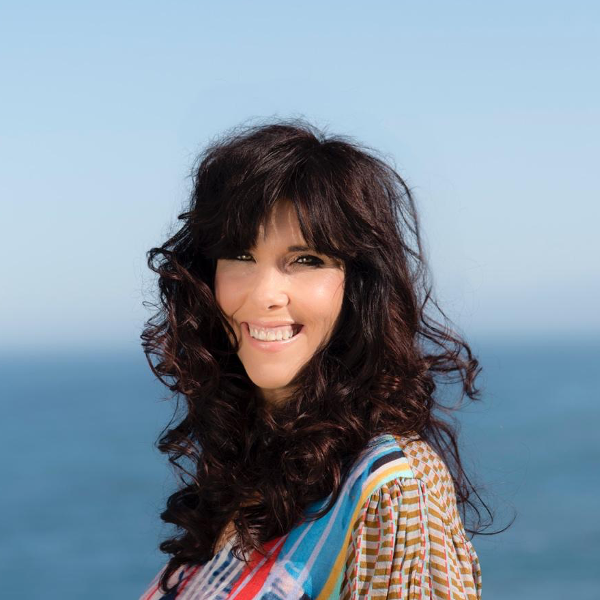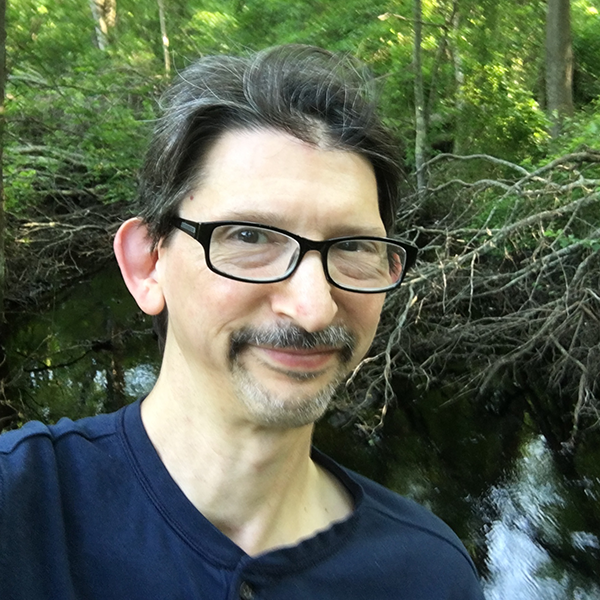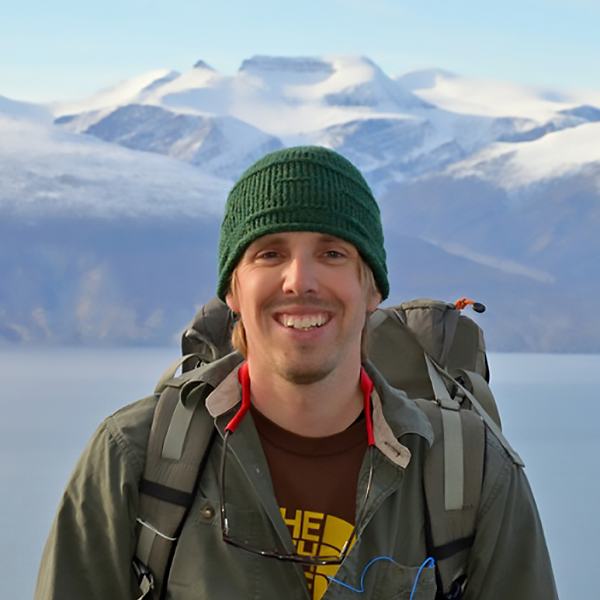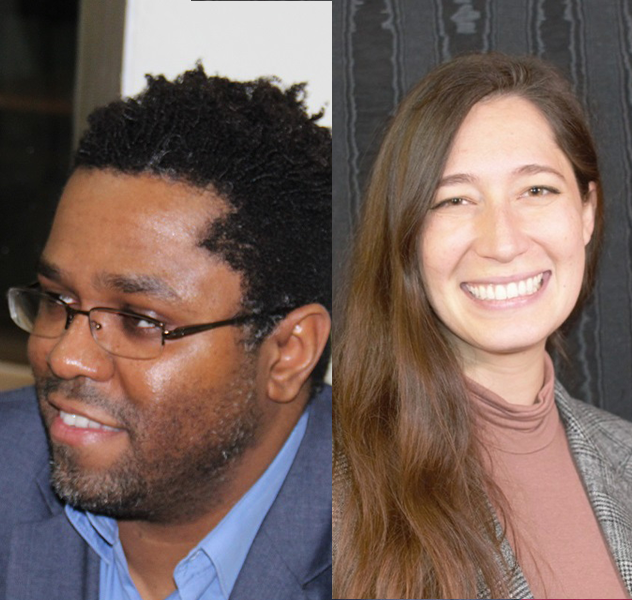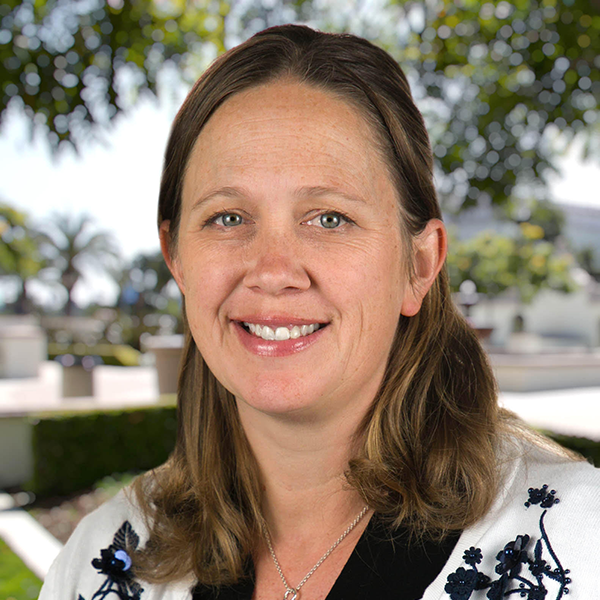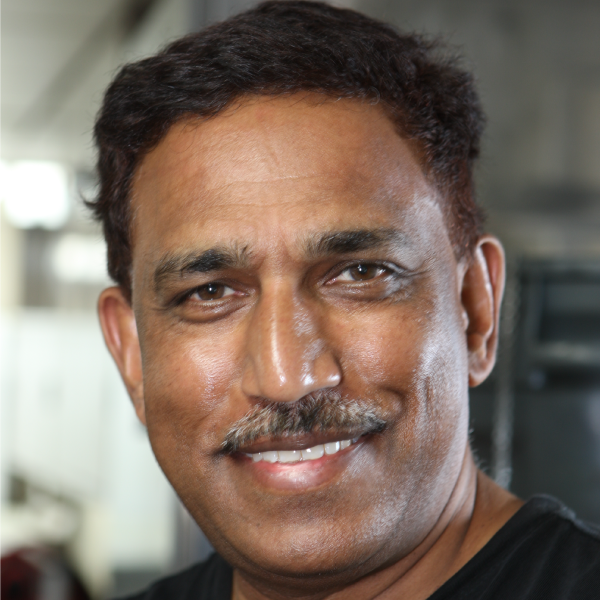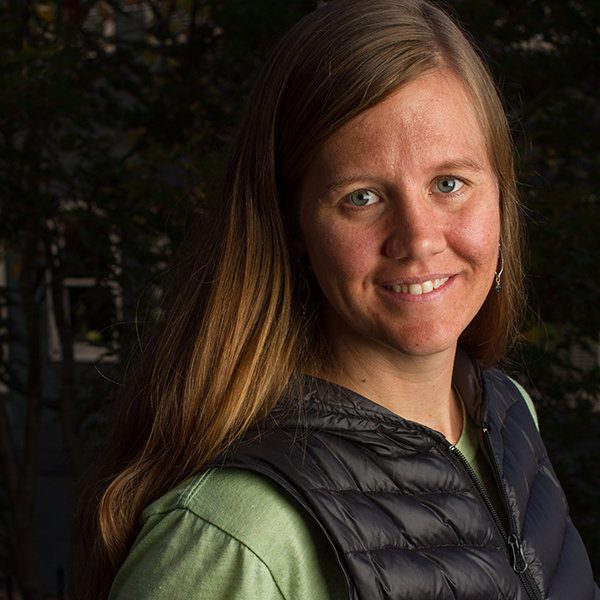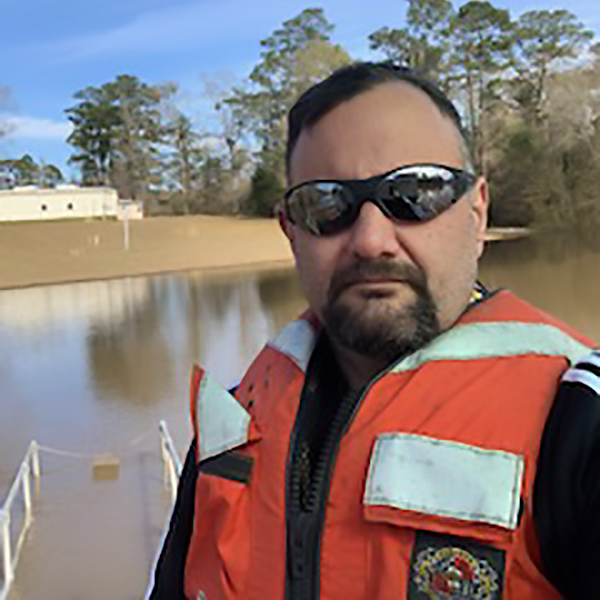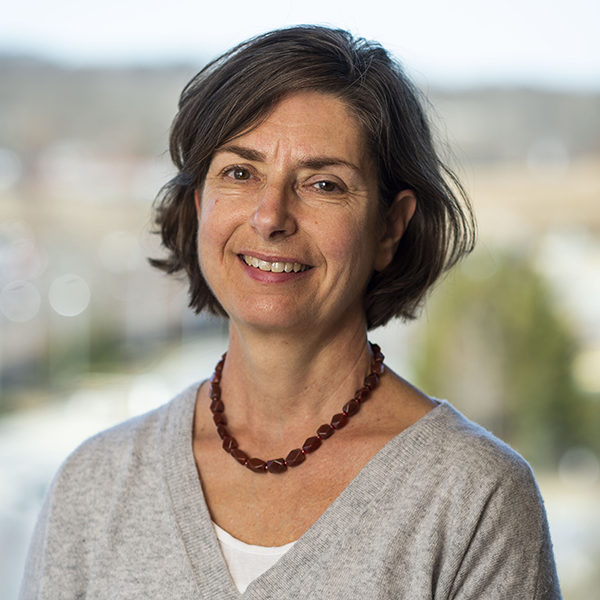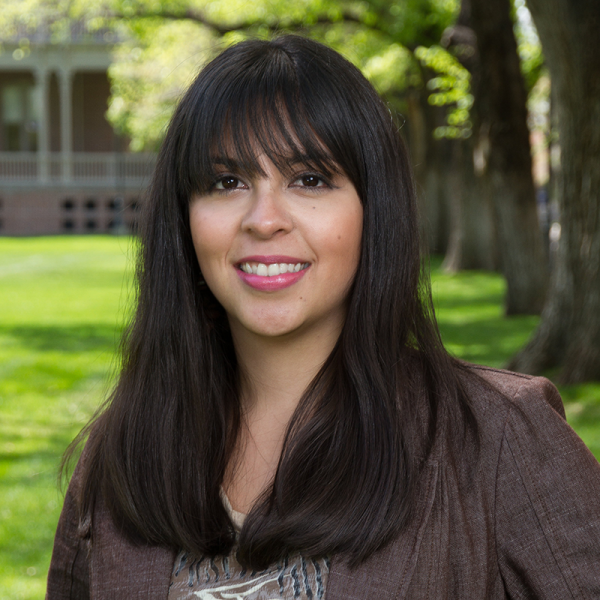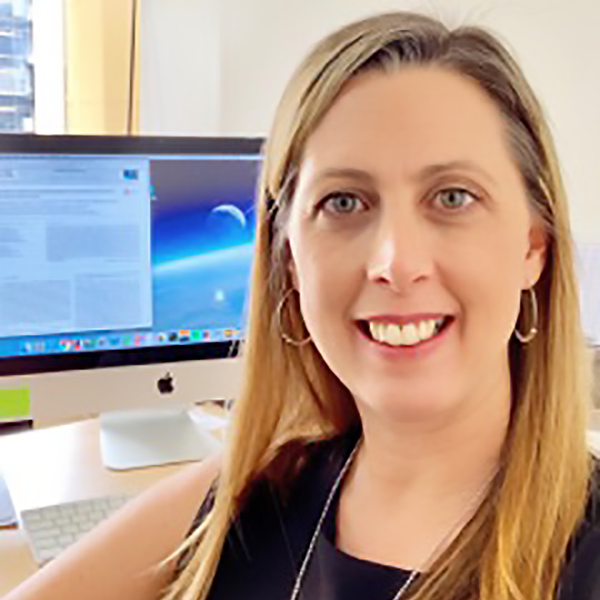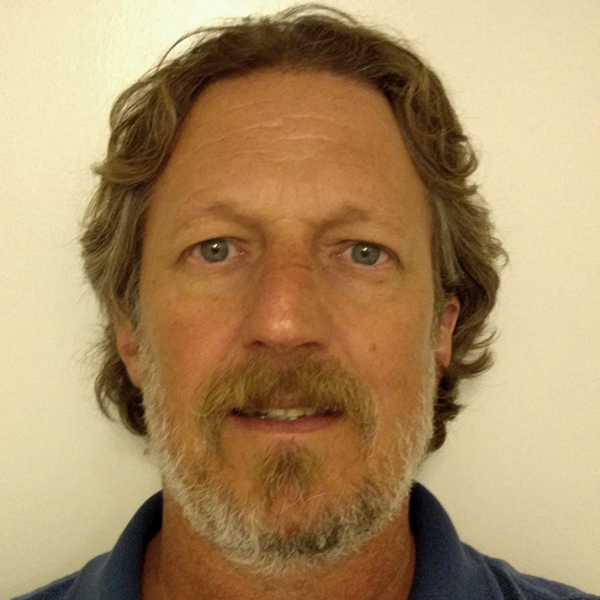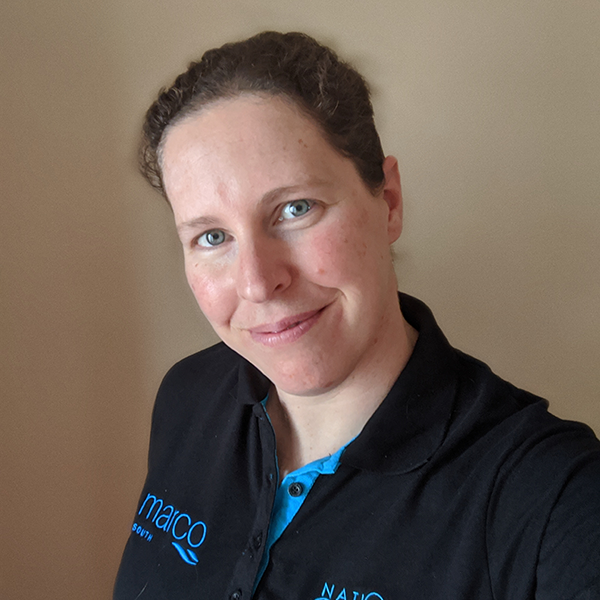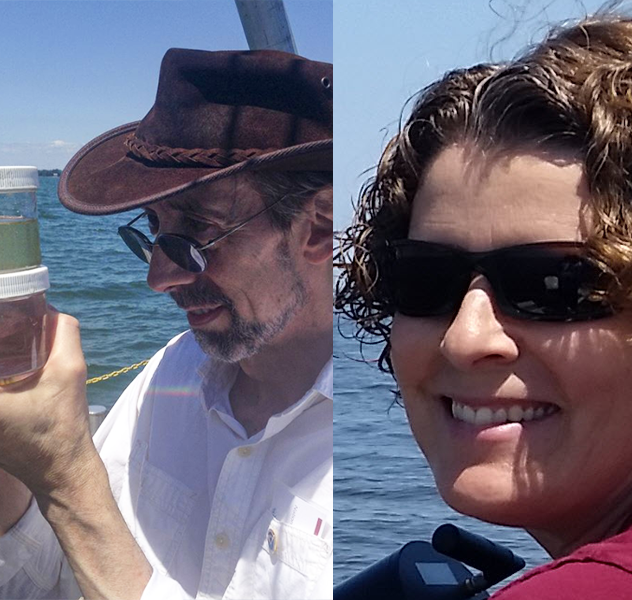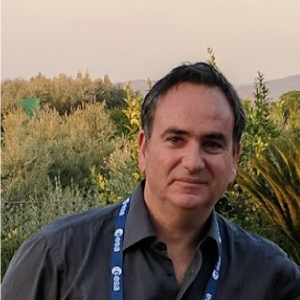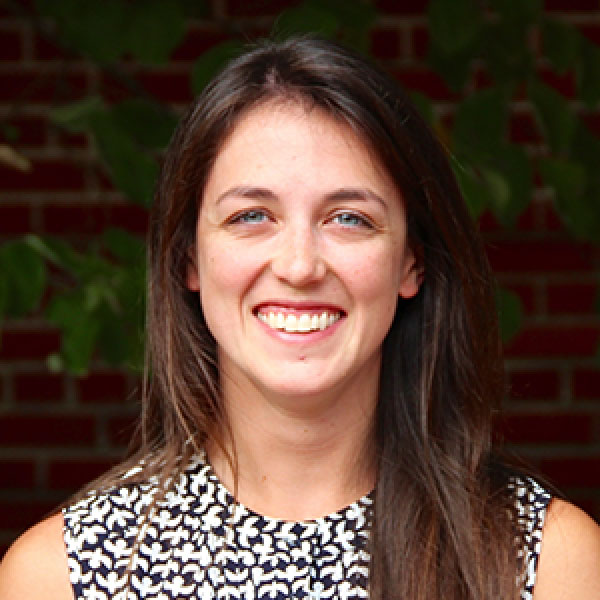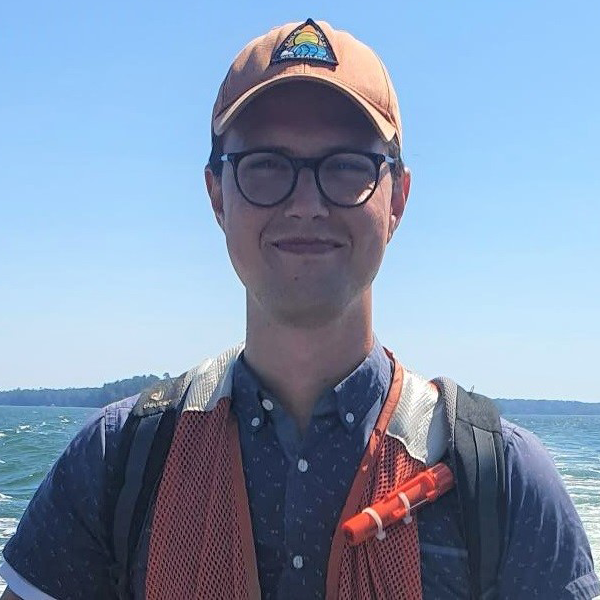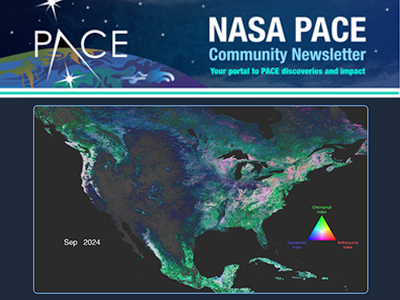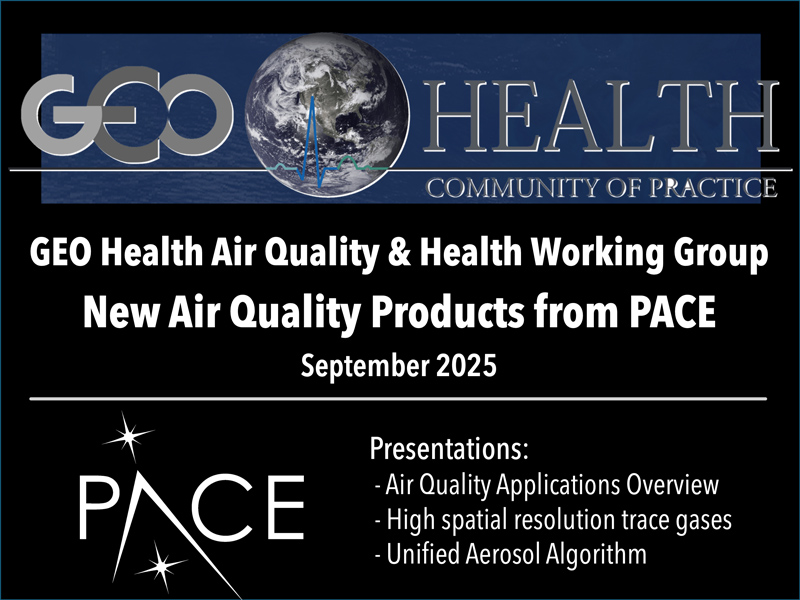PACE Applications Partners & Early Adopters
The PACE Applications Partner program works with individuals and groups to accelerate the translation of PACE observations into action with direct economic, health, and other benefits to society. Partnerships specifically amplify applied research efforts that are designed to scale and integrate PACE data into policy, business, and resource management activities.
Who are Partners?
Applications Partner Criteria
PACE Applications Partner & Early Adopters are groups and individuals who:- Have a direct, clearly-defined need for PACE ocean color, aerosol, cloud or polarimetry data;
- Have an existing application or new ideas for novel PACE-related applications that directly benefit society;
- Currently work with application stakeholder, decision-maker, manager, or other type of end user(s) and can describe their decision-making process;
- Have an interest in utilizing a PACE product;
- Can apply their own resources (personnel, tools, funding, facilities, etc.) to demonstrate the utility of PACE data for their particular system or model; and
- Early Adopters meet all the criteria above AND joined the program during PACE's pre-launch phase (prior to February 2024) or the first year post-launch (prior to February 2025).
Applications Partner Benefits
In addition to the benefits listed as part of the Community of Practice (CoP), Partners also receive:- Direct support from PACE Science and Application Team (SAT) and/or Project Science (ProjSci): after acceptance into the program, you will be teamed with a SAT member and/or Project Science member(s) to receive guidance and support on the functionality of the PACE data products.
- PACE web presence, project promotion, and advocacy at external events: after acceptance, the Applications Team will create a web profile highlighting each Partner's practical application and how it supports decision-making, public health, and society. Specific Applications Partners projects will be promoted via multiple venues.
Interested in Joining?
Join our growing list of Partners who are engaged with the PACE Project! If you meet the criteria above and are interested in a partnership with PACE Applications, please fill out our application. Applications are reviewed approximately quarterly on a rolling basis. If you have any questions about the application submission and review process, please reach out to [email protected].
Applications Partners & Early Adopters
Learn about the real-world projects making a difference with PACE data by reading our Applications Partners and Early Adopters profiles below.

